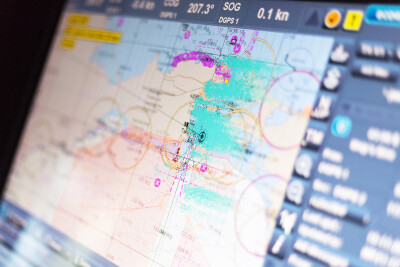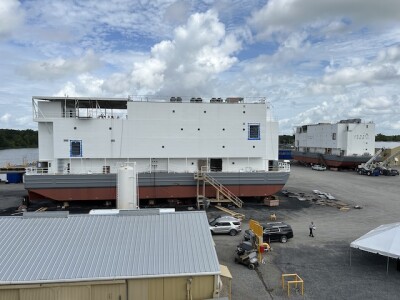On Jan. 15, the Coast Guard Rescue 21 communications system was employed in its 75,000th search and rescue case since the service started tracking Rescue 21 caseloads in June 2010.
The system is currently providing coverage of nearly 42,000 miles of coastline, including the entire Atlantic, Pacific and Gulf coasts of the continental United States as well as along the shores of the Great Lakes, Hawaii, Puerto Rico, the U.S. Virgin Islands, Guam, and the Northern Marianas Islands.
Rescue 21 provides Coast Guard units — including Sector St. Petersburg, along Florida’s Gulf Coast, where the system was used to resolve more than 4,500 search and rescue cases — advanced features that make it easier for rescuers to locate vessels that call for assistance.
When the system receives a distress call, Rescue 21’s direction-finding capability enables the system to generate a line of bearing from the tower to the source of the call. If the call is received on two or more towers, the system gives the Coast Guard more precise location information for the vessel in distress.
Rescue 21 also supports digital-selective calling, a radio technology that allows mariners to voicelessly transmit their vessel name, description and GPS location at the push of a button. The system’s direction-finding capability and digital-selective calling support provide Coast Guard units with critical information, reducing the time needed for Coast Guard rescuers to locate vessels in distress.
The Coast Guard is currently deploying modified Rescue 21 capabilities in Alaska and along the Mississippi and Ohio Rivers, and the service’s Research and Development Center is evaluating ways to make the system even more effective, including the possibility of incorporating 911 support and GPS tracking for cell phones.




